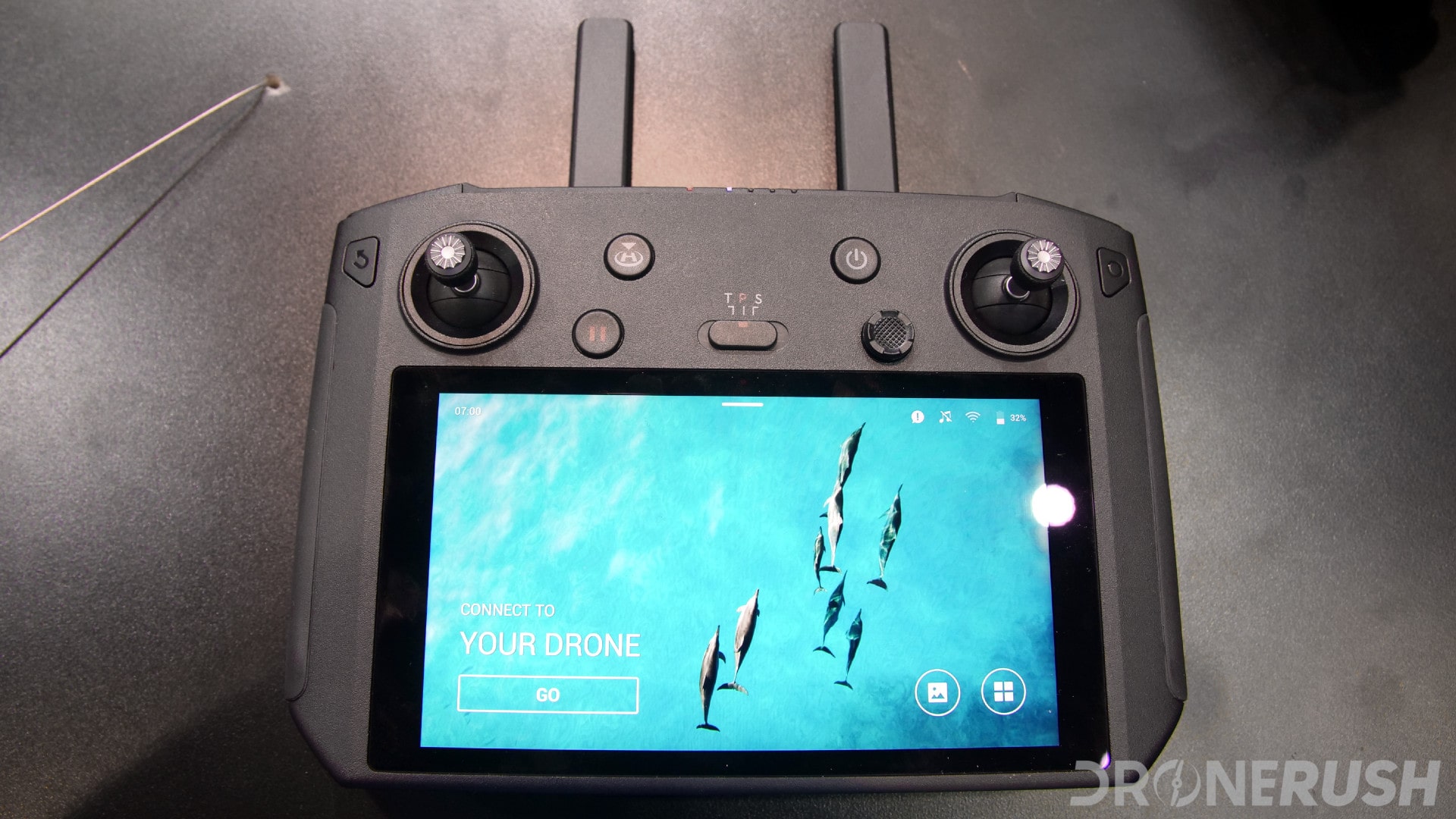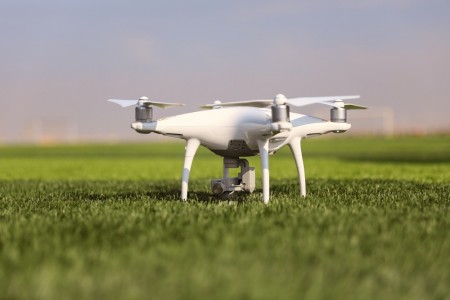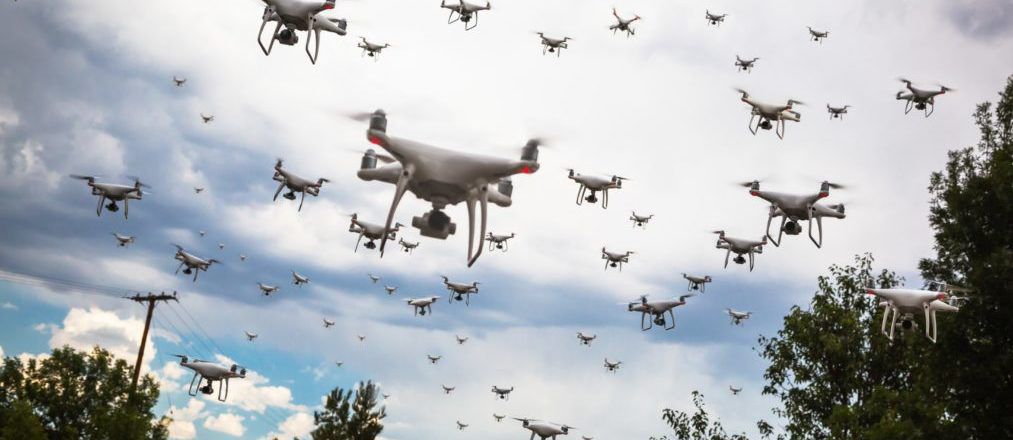
There are many different RQ-4 Global Hawk variants, including Block 20 or 30 versions. This article will cover the different variants as well as information about the RQ-4A Global Hawk Block 20-30 and the marinised RQ-4N. The Global Hawk is used to carry out reconnaissance missions. However, it can also serve many other purposes. These models, the block 20-30 and 30, are the most common.
RQ-4A Global Hawk
The RQ-4A Global Hawk is an unmanned aerial vehicle developed by Northrop Grumman. It offers continuous, near-real time coverage and can use signals, imagery, and moving target indicator sensor sensors. The Global Hawk will be the first of three unmanned aerial vehicles the Japanese military has ordered. It will provide an extensive range of intelligence collection capabilities to the joint combatant forces that are engaged in peacetime and contingency operations, as well as crisis operations, around the globe. It can also serve to jointly address regional challenges.
The RQ-4A Global Hawk is one of the most frequently used versions of the aircraft. It has over 6,500 combat hours and has been operational since 2001. The aircraft is expected be deployed in Afghanistan by 2006. The RQ-4B plane is built for long-term missions and can carry up three tons. The aircraft features two ground control elements as well an enhanced integrated sensors suite payload.
RQ-4B, Block 20
The United States Air Force designed the Global Hawk unmanned aircraft vehicle. In 2005, the US Navy received the RQ-4A aircraft. The USN purchased two of these aircraft. These aircraft are equipped with an AESA radar from Northrop Grumman, Raytheon electro-optic/infrared sensors, and a communications suite developed by L-3 and Sierra Nevada Corp.

The Euro Hawk's design is based on Northrop Grumman's Globalhawk RQ-4B Block 20 unmanned aerial vehicle. It is one the largest military UAVs anywhere in the world. The Euro Hawk was modified for German needs and fitted with Cassidian SIGINT sensors by the EADS company. Its construction cost has been estimated at between 600 and 800 million euros. Global Hawk RQ-4B Block 20 can perform surveillance, reconnaissance and reconnaissance missions.
RQ-4N marinised variation of the RQ-4A Global Hawk
Northrop Grumman was responsible for the Block 0 or Global Hawk' RQ-4 variant. It was part of their Advanced Concept Technology Demonstration, (ACTD), program. The main goal of the program was to create a U-2 spy plane that could operate autonomously anywhere in the globe. Global Hawk flew its first test flight on September 9, 2003. Its production speed was increased, with more than a dozen being built in a single year.
Block 10 Global Hawk was delivered in May 2007. The American Air Force bought 16 of these aircraft. The last one entered service on 26 July 2006. Specific specifications were included in the block 10 variant. There are 59 RQ-4A variations in use today, but only seven remain in service. The RQ-4A predecessor was also upgraded to RQ-4B.
RQ-4C Block 30,
The US Air Force has taken the Global Hawk RQ-4C Block 30 out of operational service. This unmanned aerial vehicle was previously the only U.S. aircraft designed to intercept enemy missiles and spy planes. But the RQ-4C Block 30 has been re-engineered and will once again fly missions. It can carry an internal payload of 3,000 pounds. This is the 17th Global Hawk that has flown. Block 20's inaugural flight was 1 March 2007; development testing took part in 2008-2009.

In June, the USAF began producing four Global Hawk RQ-4C Block 30 aerial vehicles. The USAF plans to deliver the first two aircraft in 2018, while the second pair will arrive in 2019. The aircraft will be equipped with the latest sensors and equipment, including the Enhanced Integrated Sensor Suite payload. These new capabilities will allow the Japanese military to excel in a broad range of intelligence and combat operations. Its versatility makes it a valuable asset for the Japanese air force.
FAQ
Are drones permissible at public events
Yes, you are free to fly a drone anywhere as long as you follow the rules. The event organizers will require approval if you plan on flying your drone during a public event like a parade, festival, concert or other similar event.
Is drone regulation regulated by the FAA
The FAA is responsible for all aspects of drone operation, including certification requirements, safety standards, and licensing procedures.
Is it possible to fly my drone in a local park?
Yes, you can fly drones in parks throughout the world. Safety concerns mean that not all countries allow drones to be flown in parks. Take a look at our list of legal places to fly drones for entertainment.
How can I keep drones out of my house?
Drones have become increasingly popular for home surveillance. But they also pose a security threat to privacy. To avoid drone attacks, install motion sensors around the property. They will detect any unapproved flying objects.
Statistics
- According to the multiple listing service (MLS), houses and apartments with drone photographs are up to 68 percent more likely to sell than those without pictures. (thedroneu.com)
- According to Indeed, a drone pilot gets paid $25.73 per hour on average in the US. (dronesgator.com)
- According to industry research from ZipRecruiter , there are 10 cities where the typical salary for a Drone Pilot job is above the national average. (dronesgator.com)
External Links
How To
How to Film Yourself with a Drone
Filming yourself with a drone is very easy. It takes only a camera and a remote control, as well as a smartphone. First, you need to obtain your FAA (Federal Aviation Administration) license. The next step is to purchase a Quadcopter. This type of drone comes with four rotors, allowing it fly in multiple directions.
Once you have bought your drone, you must connect it to your computer via a USB cable. Follow these steps to open the drone's software program.
-
Connect your drone's battery with the power source of the laptop.
-
Check the webcam on your drone to make sure it is working correctly. If there's nothing on the screen then you should check for a problem with the connection between drone and computer.
-
Turn on Wi-Fi and enter your IP address into the "IP Address" field.
-
Select "Open Camera" and choose the option "Camera".
-
Make sure to set HD 1080p for the image quality.
-
Click on "Record", then click "Start recording."
-
Once you're done recording, close the webcam software.
-
Save the video file onto your hard drive.
-
Finally, upload the file to YouTube using another computer.
-
Share your video link on social media websites such as Facebook, Twitter, Instagram, Google+, LinkedIn, Pinterest, Tumblr, Reddit, etc.